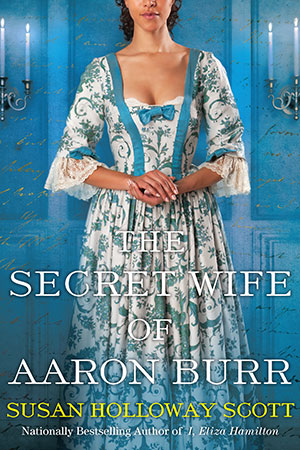 |
| Welcome Home Our Gallant Boys |
Sunday marks the 100th anniversary of the signing of the Armistice ending World War I—known as the Great War and the War to End War, until only a couple of decades later, when another great war broke out.
World War I was a horrendous war, even by war’s horrendous standards, as Wilfred Owen’s poetry makes more than clear. His war isn’t heroic or romantic. It’s ghastly and heartbreaking. For a time, his work fell out of favor for this reason. But only for a time.
An English professor introduced me to "Anthem for Doomed Youth" fifty or so years after it was written, at a time when it struck a chord with those protesting the Vietnam War. Owen’s and others’ poetry led me, some years later, to Robert Graves’s Good-Bye to All That, which offered insights into both the war and that generation of Englishmen. Unlike Owen, Graves survived.
For me, these works and others began an education that continues. Visits to English and Scottish churches, stately homes, and memorials have given me a powerful sense of the toll this particular war took on the other side of the Atlantic.
 |
| Anthem for Doomed Youth 1917 |
We keep hoping, but so far, no war has ended war. All we seem to be able to do is mourn and remember. The Tower of London remembers, beautifully and movingly, again this year, as you will discover if you search “Beyond the Deepening Shadow,” for images from the centenary commemoration.
 |
| Wilfred Owen |
Images: Welcome Home Our Gallant Boys, 1918 poster, courtesy courtesy Library of Congress Prints and Photographs Division Washington, D.C. 20540 USA; "Anthem for Doomed Youth" and photograph of Wilfred Owen from Poems by Wilfred Owen, 1920.
Clicking on the image will enlarge it. Clicking on a caption link will take you to the source, where you can learn more and enlarge images as needed. And, just so you know, if you order a book through one of my posts, I might get a small share of the sale.
















































 One of us --
One of us -- 


